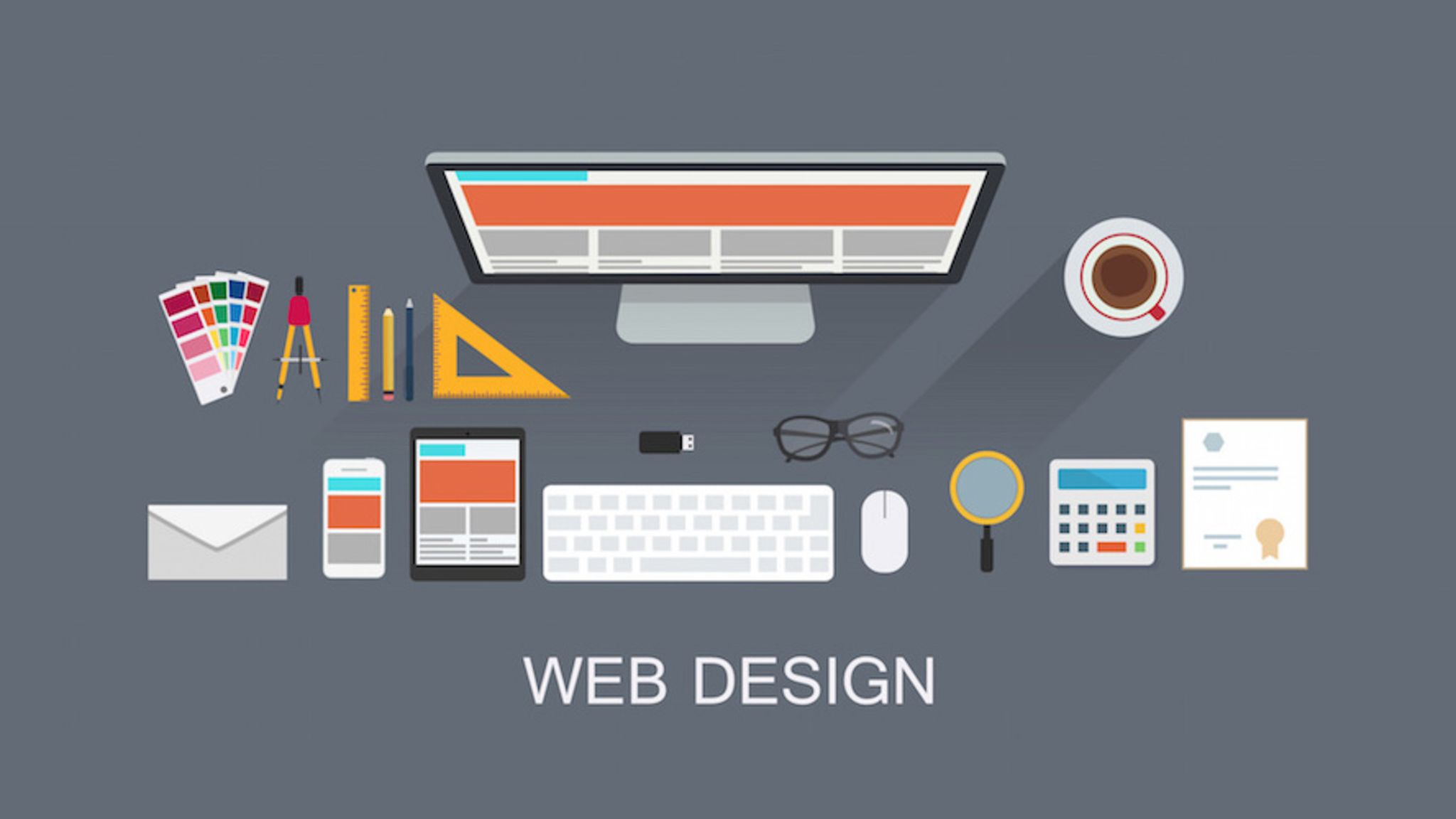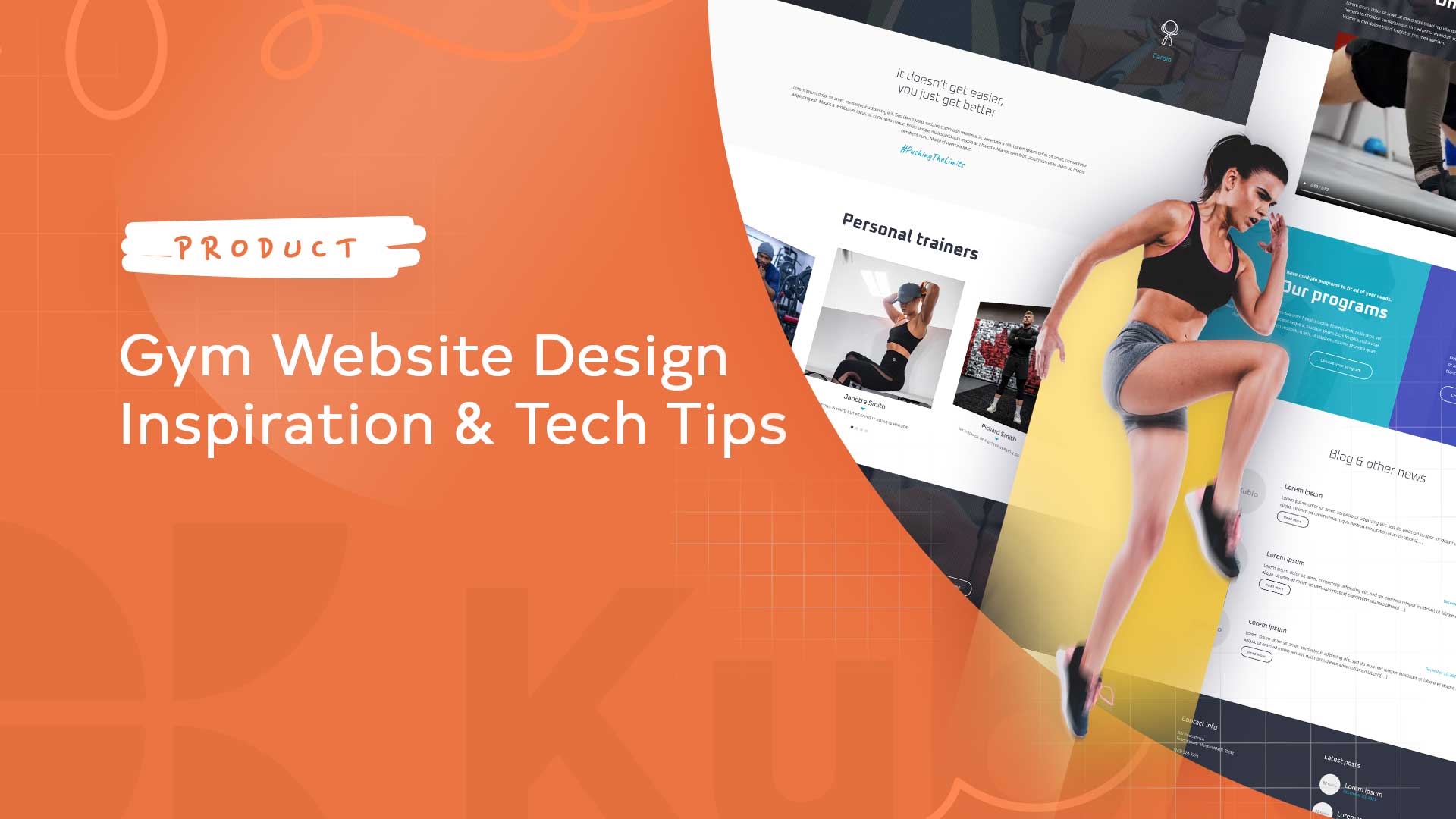Discover the Latest Trends in Website Design in copyright for 2024
Discover the Latest Trends in Website Design in copyright for 2024
Blog Article
Boost Involvement With Cutting-edge Site Style Solutions
An attentively crafted individual experience, underpinned by strategic visual design and interactive aspects, can considerably enhance individual engagement. By checking out various methods such as responsive layout and individualized material, companies can develop a platform that not just astounds individuals yet likewise cultivates long-term commitment.
Understanding Customer Experience
Comprehending user experience (UX) is critical for producing effective web site layout services, as it straight influences just how individuals interact with electronic platforms. A detailed UX technique incorporates different components, consisting of accessibility, functionality, and customer complete satisfaction, all of which add to the general performance of an internet site.
To start with, use concentrates on exactly how quickly users can navigate and locate the details they look for. Availability makes sure that all individuals, including those with handicaps, can effectively interact with the internet site.
In addition, comprehending individual personalities is vital for tailoring the experience to meet certain target market needs. By performing customer research and screening, developers can collect insights that notify design choices, making sure the site not just satisfies visual goals yet likewise fulfills practical requirements. Inevitably, a thoughtful method to UX layout promotes involvement, encourages retention, and boosts overall individual fulfillment, which are vital for the success of any type of electronic platform.
Visual Style Strategies
Including effective aesthetic design techniques is important for catching user interest and boosting the overall customer experience on a web site. A well-thought-out aesthetic pecking order overviews individuals with the web content, enabling them to conveniently browse and take in information. This can be attained with the strategic use typography, color schemes, and spacing, which jointly create a engaging and cohesive design.
Shade plays an essential role in evoking emotions and developing brand identity. Using a well balanced shade palette that lines up with the brand name's values can foster knowledge and count on. Furthermore, integrating high-quality images and graphics enhances visual appeal and can considerably enhance individual interaction.
Whitespace, commonly forgot, is just as vital as it permits web content to take a breath and protects against frustrating individuals with mess. It promotes simpler reading and understanding, bring about an extra delightful browsing experience.

Interactive Elements for Engagement

One key aspect of interactive design is customization. Customizing experiences based upon individual habits and preferences can substantially boost involvement. For instance, customized material suggestions or dynamic interface that adjust to company website specific choices create a feeling of possession and relevance, motivating individuals to discover better.
Gamification is one more powerful approach. Including game-like aspects, such as accomplishments or incentives for finishing tasks, can transform ordinary interactions into enjoyable experiences. This technique not only increases involvement however likewise encourages customers to return, producing a dedicated target market.
Additionally, interactive components can facilitate social sharing, intensifying a site's reach. Features like remark sections, share switches, and user-generated material areas foster community communication, transforming visitors into energetic participants (website design copyright). Eventually, the strategic usage of interactive components is vital for creating a compelling and interesting internet site that reverberates with users
Flexible and responsive Style
A properly designed website should focus on flexible and responsive design to make sure optimum customer experiences across a variety of gadgets and display sizes. Responsive style uses liquid grids and flexible pictures, enabling the format to instantly adjust based on the customer's display dimension. This strategy ensures that users can easily navigate and communicate with the web content, no matter of whether they are making use of a tablet computer, mobile phone, or desktop computer .
In comparison, adaptive design makes use of predefined layouts that are tailored to certain tool classifications. This implies that the website discovers the kind of device being used and offers the proper design, which can enhance loading times and maximize the screen of necessary aspects. While both methods aim to boost functionality, responsive design is usually preferred for its fluidity and smooth shift between tools.
Integrating flexible and responsive layout not only enhances user a knockout post complete satisfaction yet additionally positively impacts search engine positions. Internet search engine focus on mobile-friendly sites, thus raising visibility and drawing in more visitors. Spending in these design approaches is important for businesses looking to involve their target market efficiently and keep a competitive edge in today's digital landscape.
Studying User Responses and Data

Assessing metrics such as bounce rates, time on web page, and click-through prices offers a measurable viewpoint on user involvement. These metrics help designers determine which web content resonates and which areas might require optimization. A/B testing can be utilized to evaluate variations in layout, permitting developers to make informed choices based on customer interactions.
Incorporating individual responses not only boosts site use however additionally fosters a sense of area and trust fund. Engaging with individuals with responses loops grows commitment and motivates repeat visits. Ultimately, leveraging individual responses and data evaluation is essential to creating a dynamic, user-centered site that adapts to progressing individual requirements and preferences, thus driving higher engagement and fulfillment.
Conclusion
In final thought, innovative internet site style services significantly improve individual engagement by focusing on individual experience, utilizing effective visual techniques, and integrating interactive elements. The execution of responsive and adaptive design makes certain availability across numerous devices, additionally fostering customer communication.
A thoughtfully crafted customer experience, underpinned by calculated aesthetic layout and interactive aspects, can substantially improve user engagement.Integrating efficient aesthetic layout methods is vital for catching user focus and boosting the overall customer experience on an internet site.Individual comments and view website data analysis are necessary parts of reliable internet site design, as they provide valuable insights right into user behavior and preferences. Ultimately, leveraging user feedback and data analysis is integral to creating a dynamic, user-centered site that adapts to developing individual demands and choices, consequently driving greater involvement and complete satisfaction.
In verdict, cutting-edge site layout solutions dramatically boost customer engagement by prioritizing user experience, employing efficient aesthetic techniques, and incorporating interactive elements.
Report this page